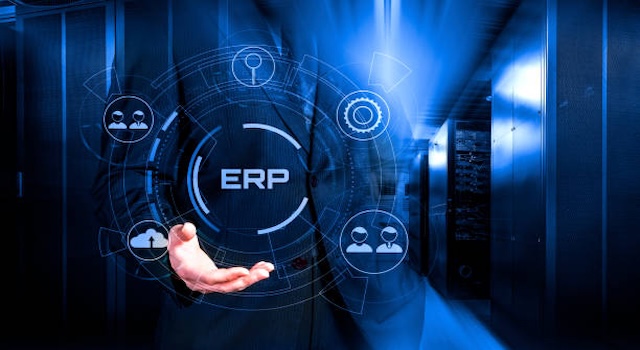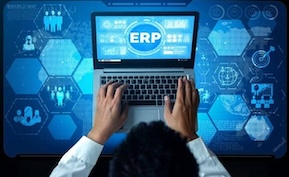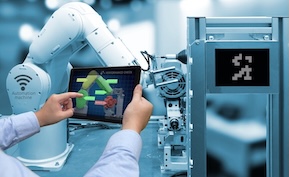ERP
Composable ERP Architectures: How to Break Monoliths & Scale More Flexibly

Summary: Traditional ERP systems are monolithic—massive, tightly integrated platforms that are costly to upgrade and slow to adapt. Composable ERP offers a new path: modular architectures where companies can assemble best-of-breed capabilities as needed. This approach is gaining momentum as organizations demand agility, scalability, and faster innovation.
What is composable ERP?
Composable ERP is an architectural strategy where ERP functions (finance, HR, supply chain, CRM, analytics) are delivered as interchangeable modules or microservices. Instead of one massive system, organizations integrate only the components they need and swap them out as requirements evolve.
Why businesses are moving away from monolithic ERP
- High cost of upgrades: Upgrading a monolithic ERP can take years and millions of dollars.
- Lack of flexibility: Businesses are forced to adopt features they don’t use—or customize heavily at high risk.
- Slow innovation: Vendors release features at their own pace, limiting business agility.
Key benefits of composable ERP
- Agility: Add, remove, or upgrade ERP modules without disrupting the entire system.
- Cost efficiency: Pay only for the modules you need.
- Innovation: Adopt cutting-edge point solutions without waiting for ERP vendor updates.
- Scalability: Grow system capabilities as business complexity increases.
Composable ERP in action
Examples of how organizations are adopting composable ERP today:
- Retail: Swapping in a best-in-class e-commerce module while keeping core finance in the ERP.
- Manufacturing: Integrating IoT-driven production scheduling tools alongside legacy ERP logistics modules.
- Finance: Plugging in AI-based expense management solutions while retaining ERP’s general ledger.
Challenges of composable ERP
- Integration complexity: Different modules must communicate seamlessly through APIs.
- Vendor management: Working with multiple providers increases governance needs.
- Security: More integrations mean more attack surfaces to secure.
- Change management: Users must adapt to using multiple systems rather than one unified platform.
Best practices for adopting composable ERP
- Start small: Pilot composable approaches in one business function before scaling.
- Invest in integration: Strong middleware and API management tools are essential.
- Prioritize governance: Define ownership of data, processes, and vendor relationships.
- Balance core vs. edge: Keep mission-critical processes in stable ERP modules while experimenting at the edges.
Future outlook
Composable ERP reflects a broader IT trend: shifting from rigid, one-size-fits-all systems to flexible ecosystems. As vendors embrace modular design and open APIs, organizations will gain unprecedented control over their ERP landscapes. The future of ERP is not a single platform—it’s a composable fabric of interconnected solutions.
Conclusion
Monolithic ERP served its purpose, but businesses today need agility. Composable ERP architectures allow companies to innovate faster, reduce costs, and adapt to change without being locked into a single vendor’s roadmap. The era of ERP as a modular ecosystem has begun.






